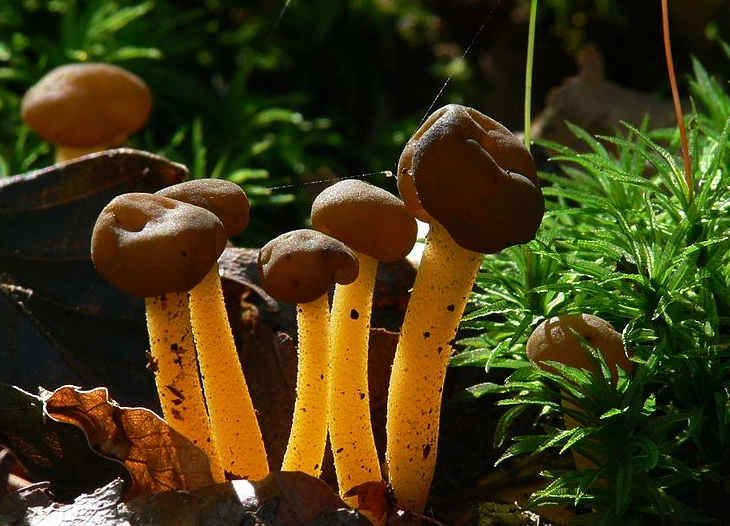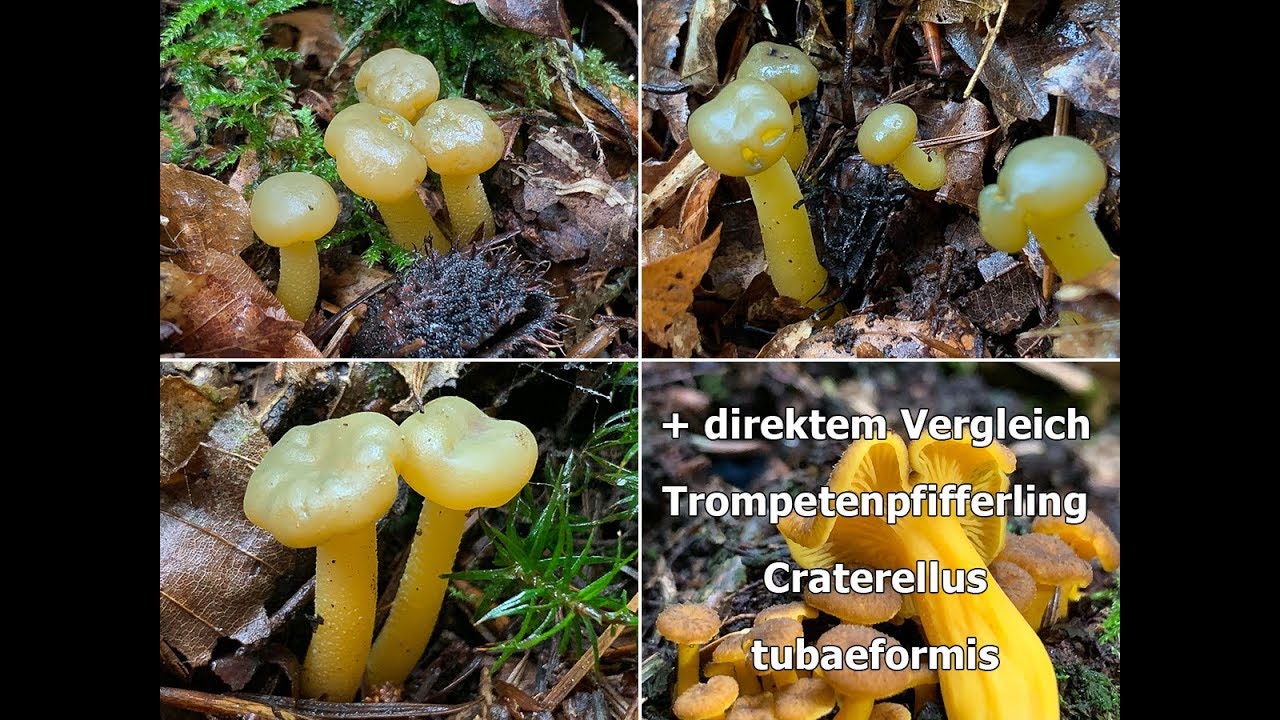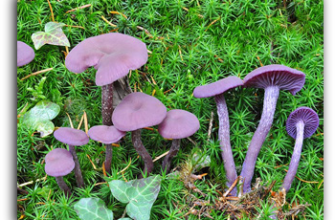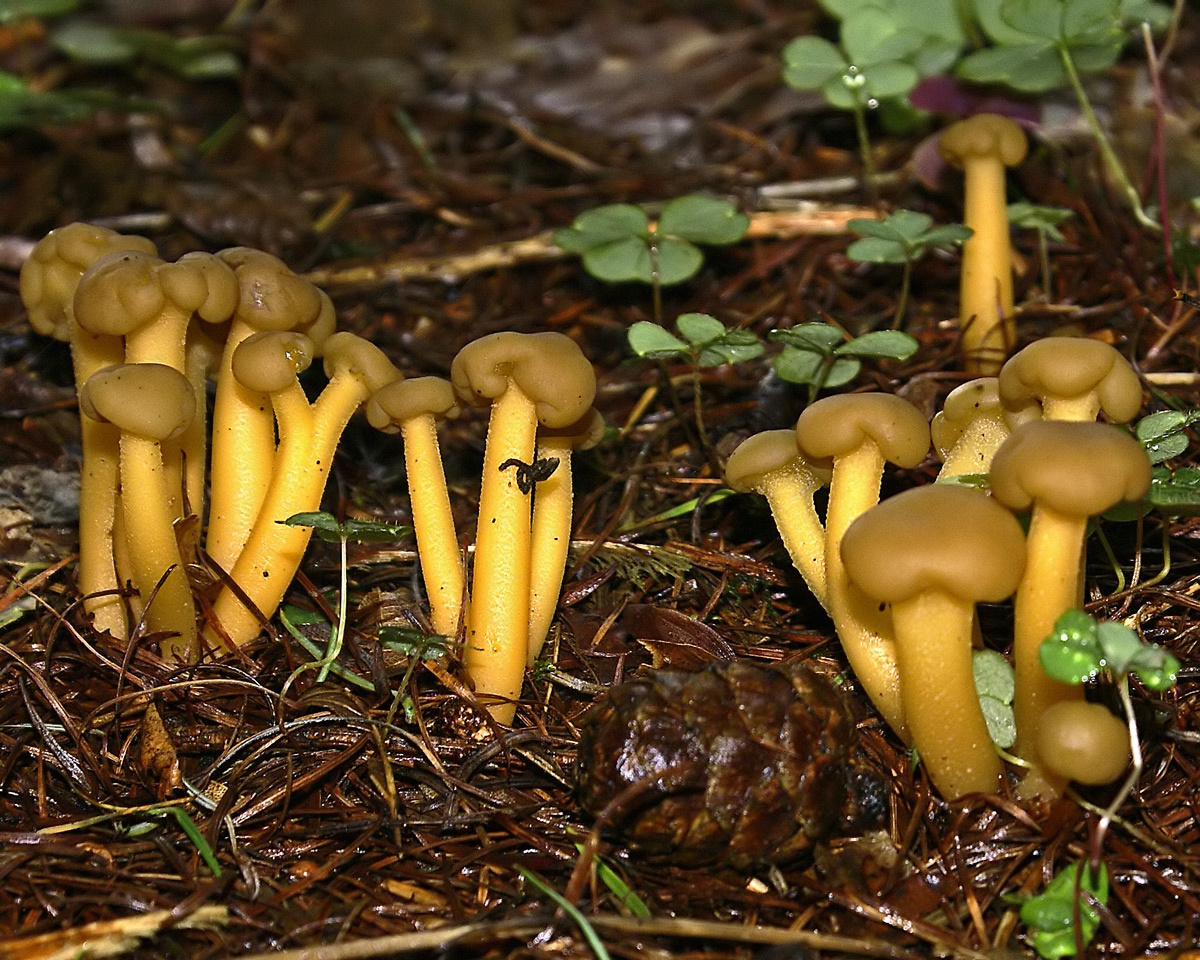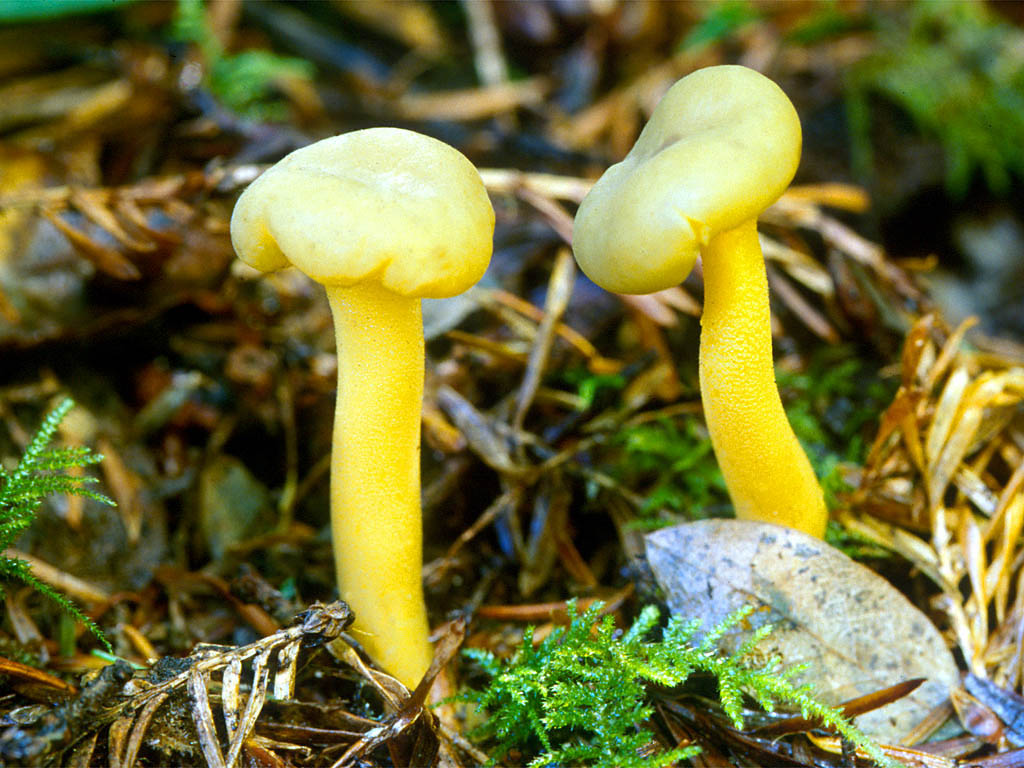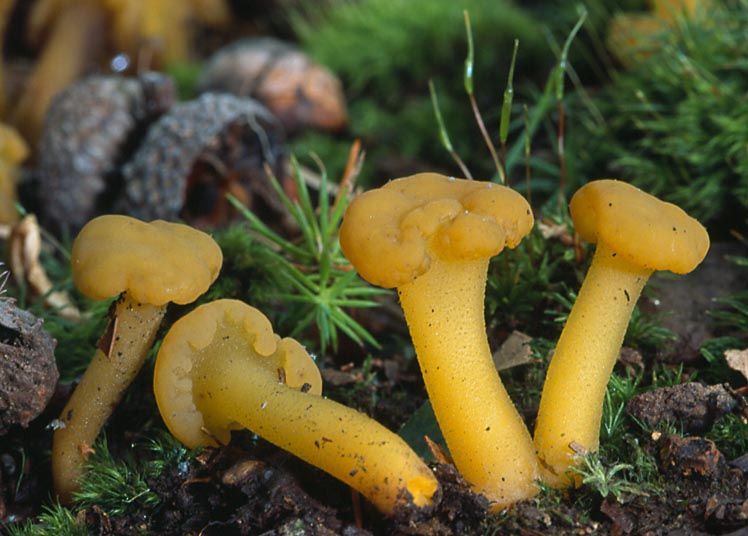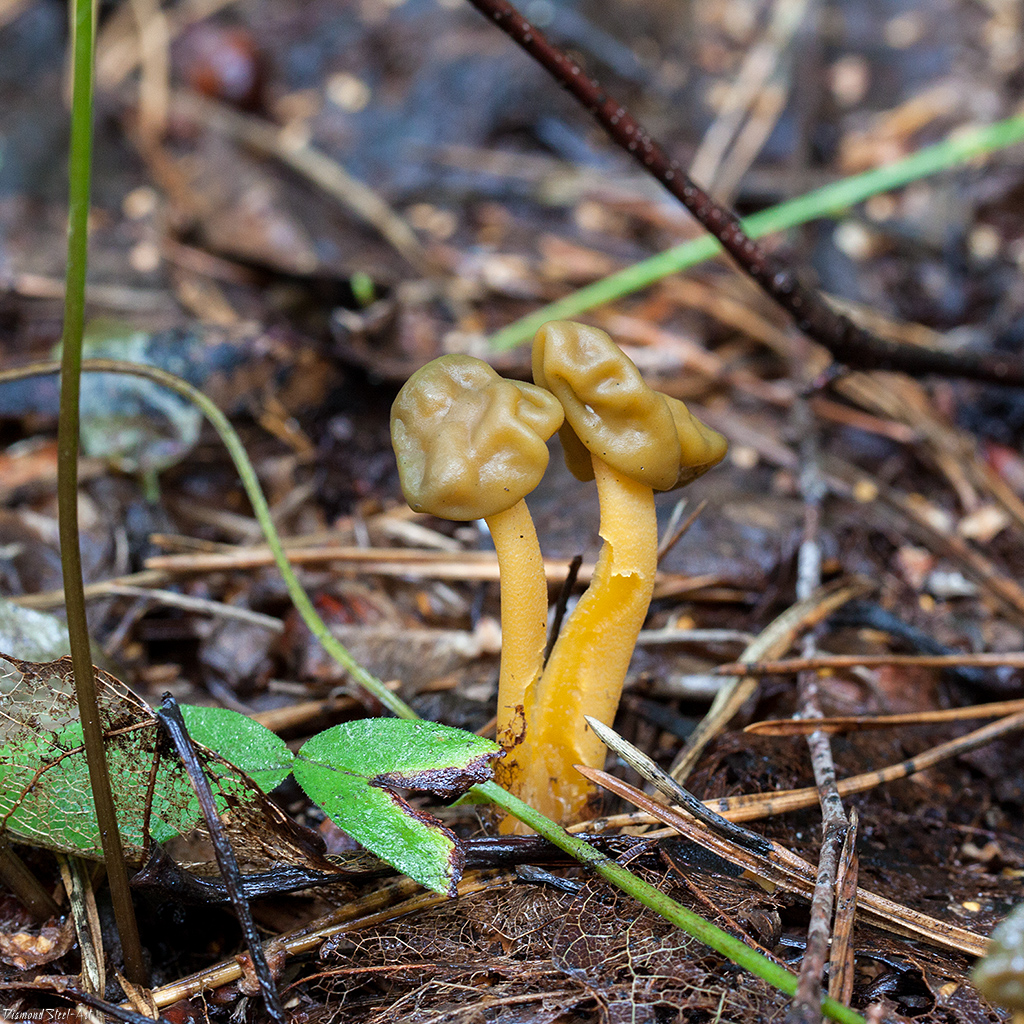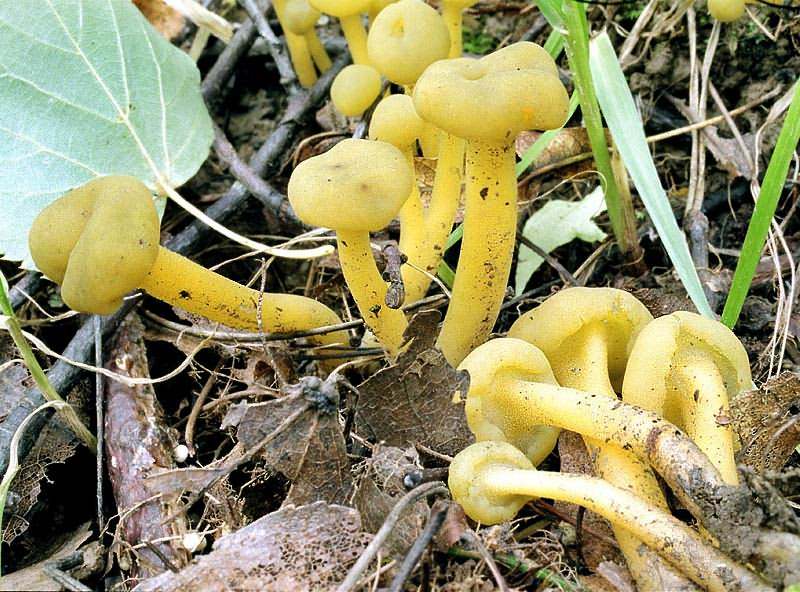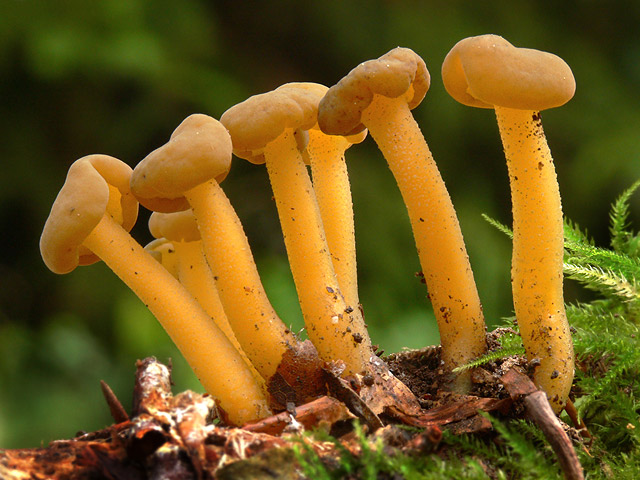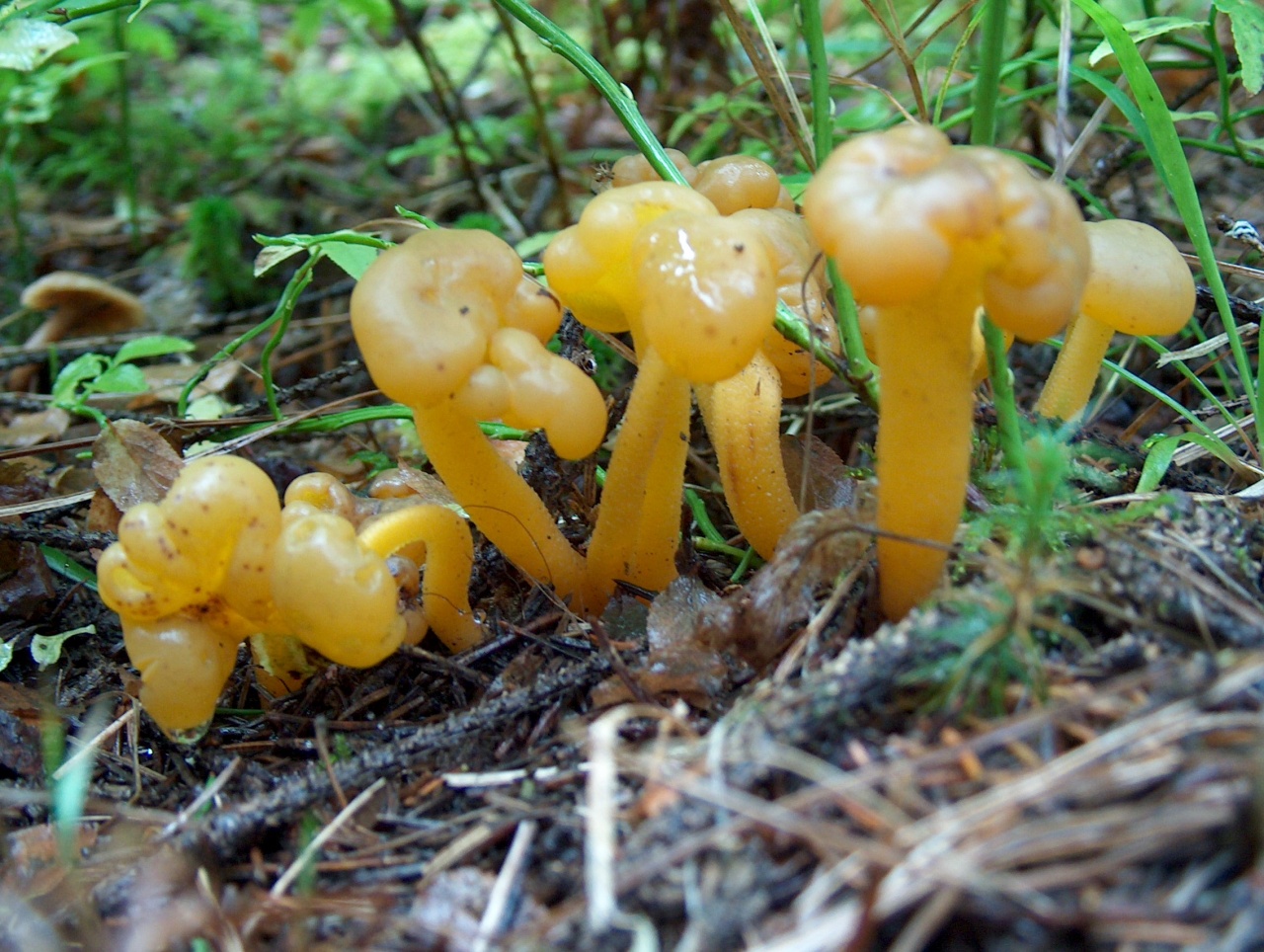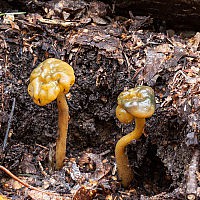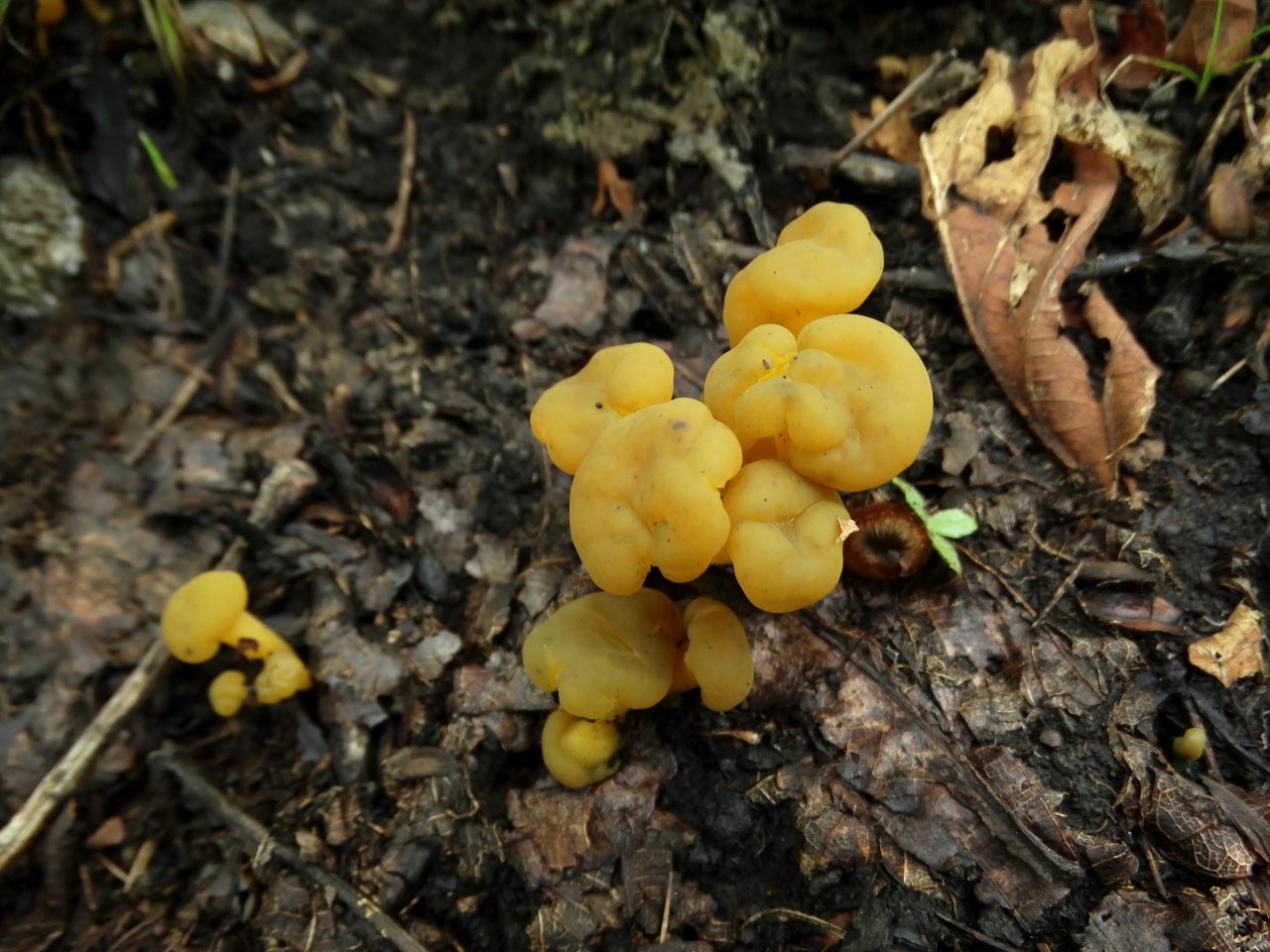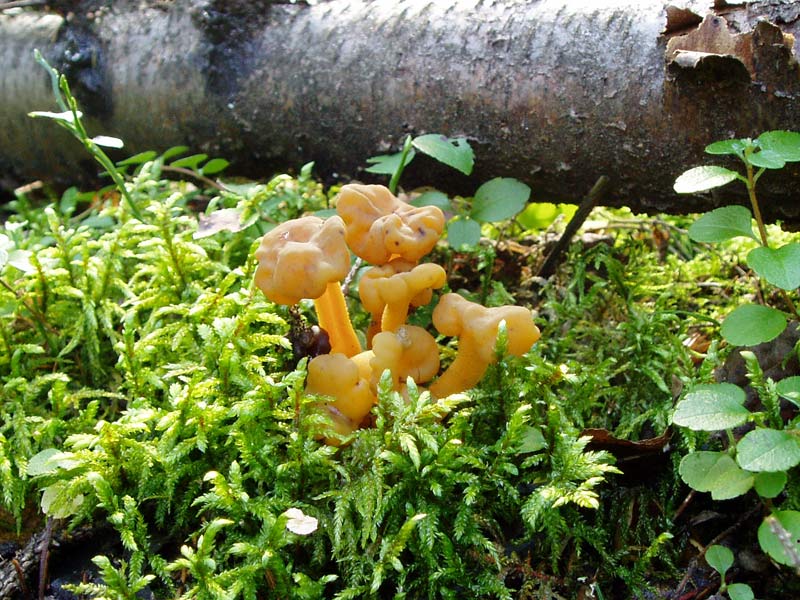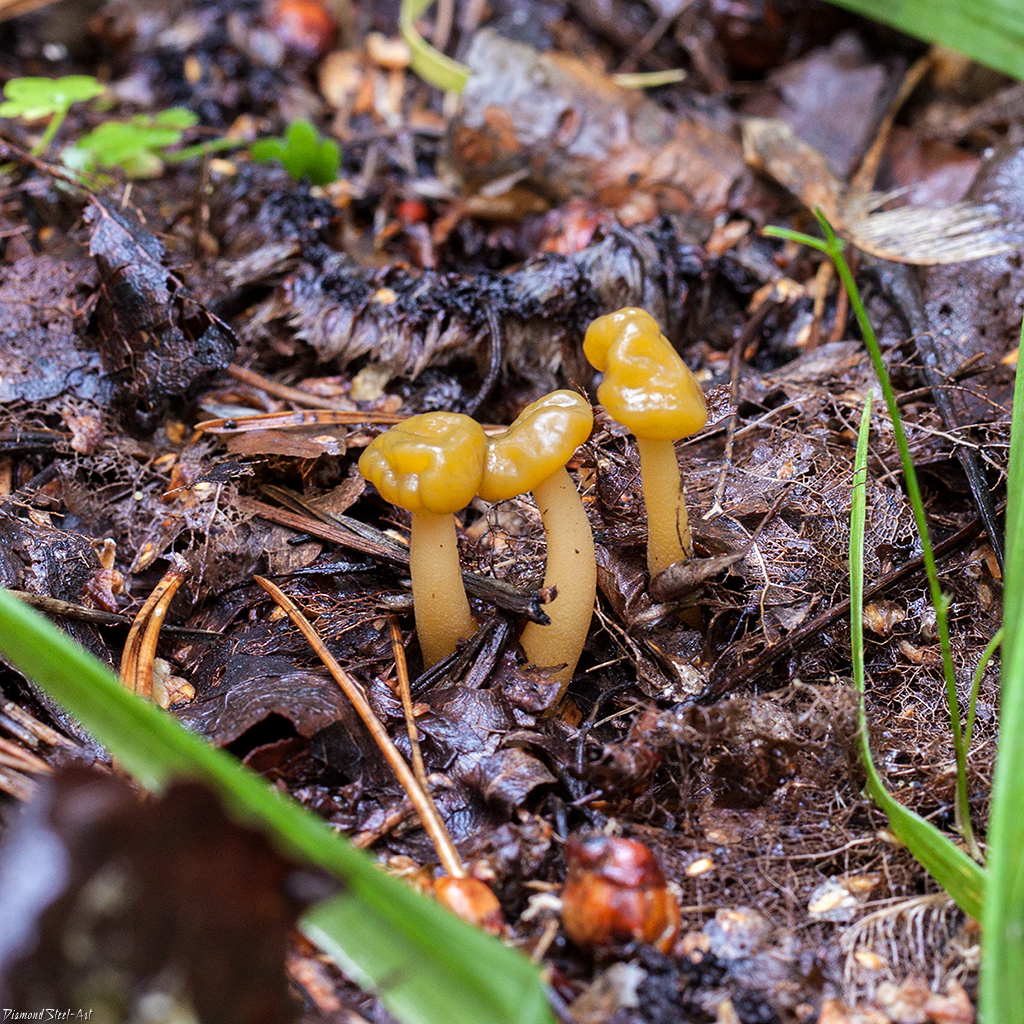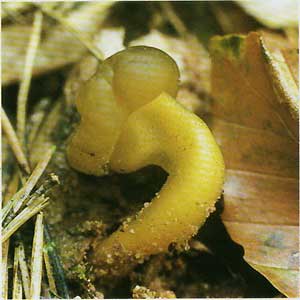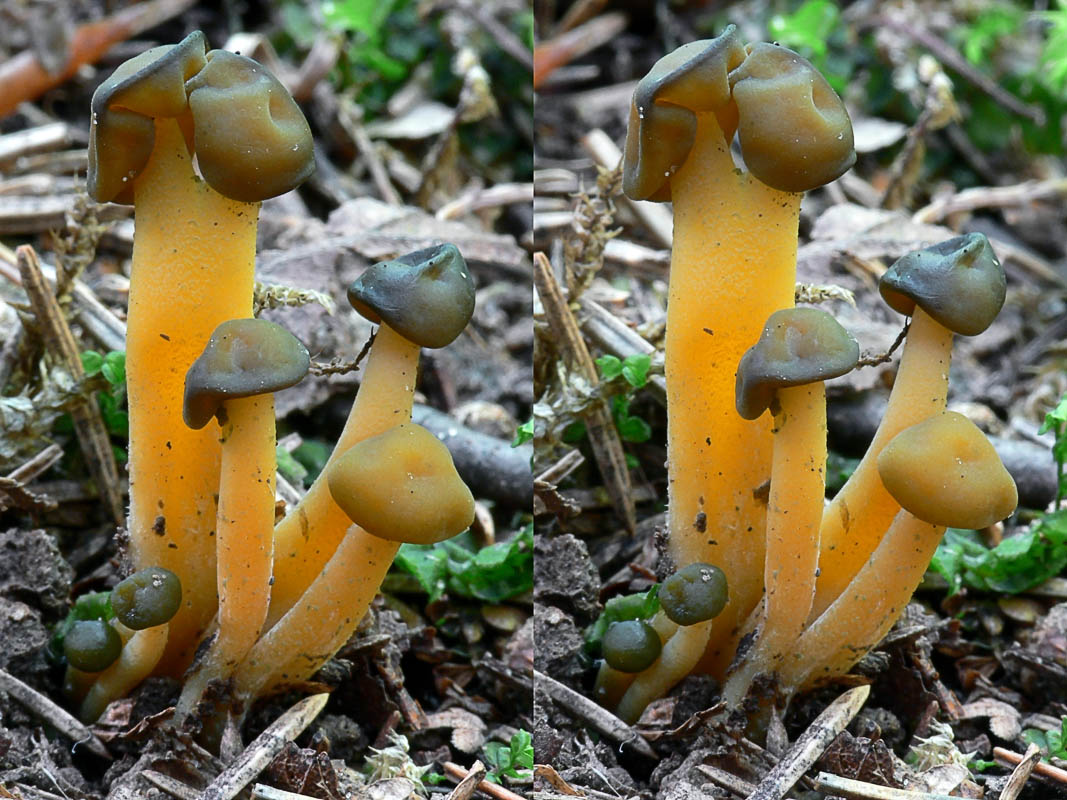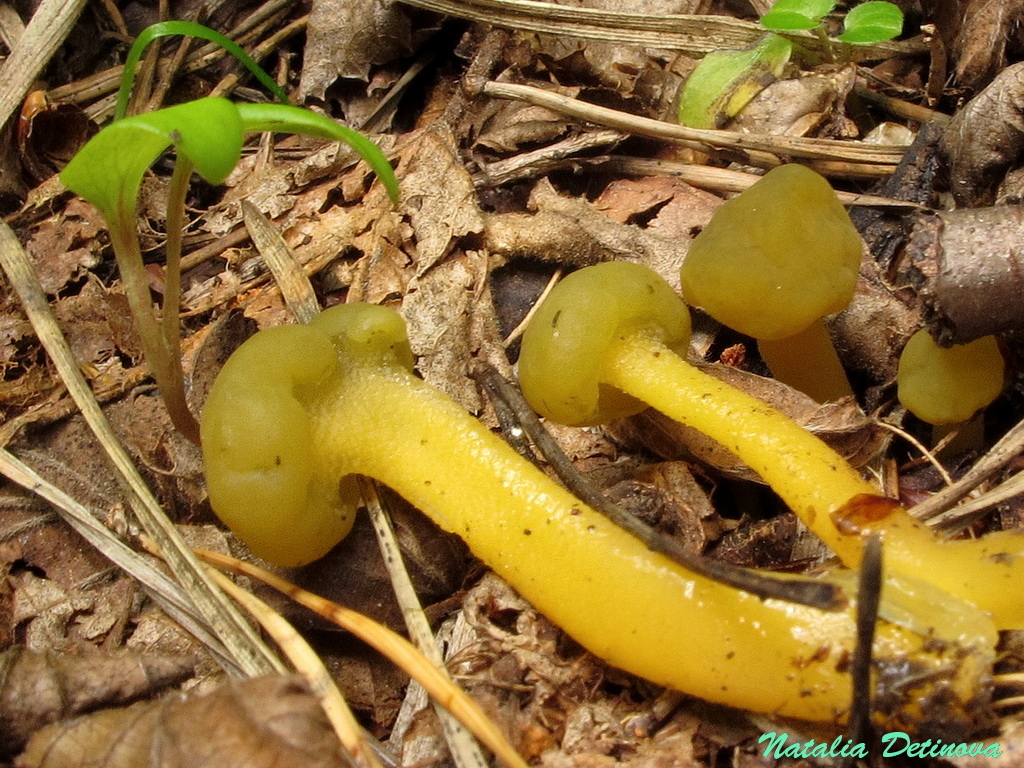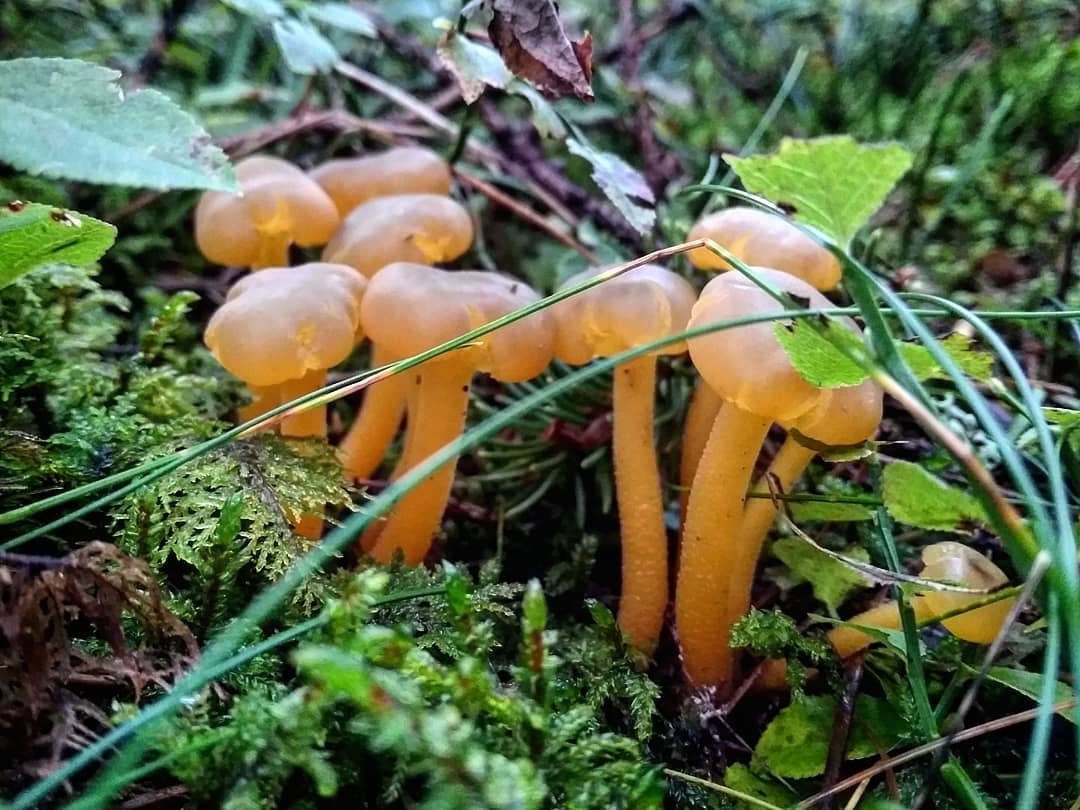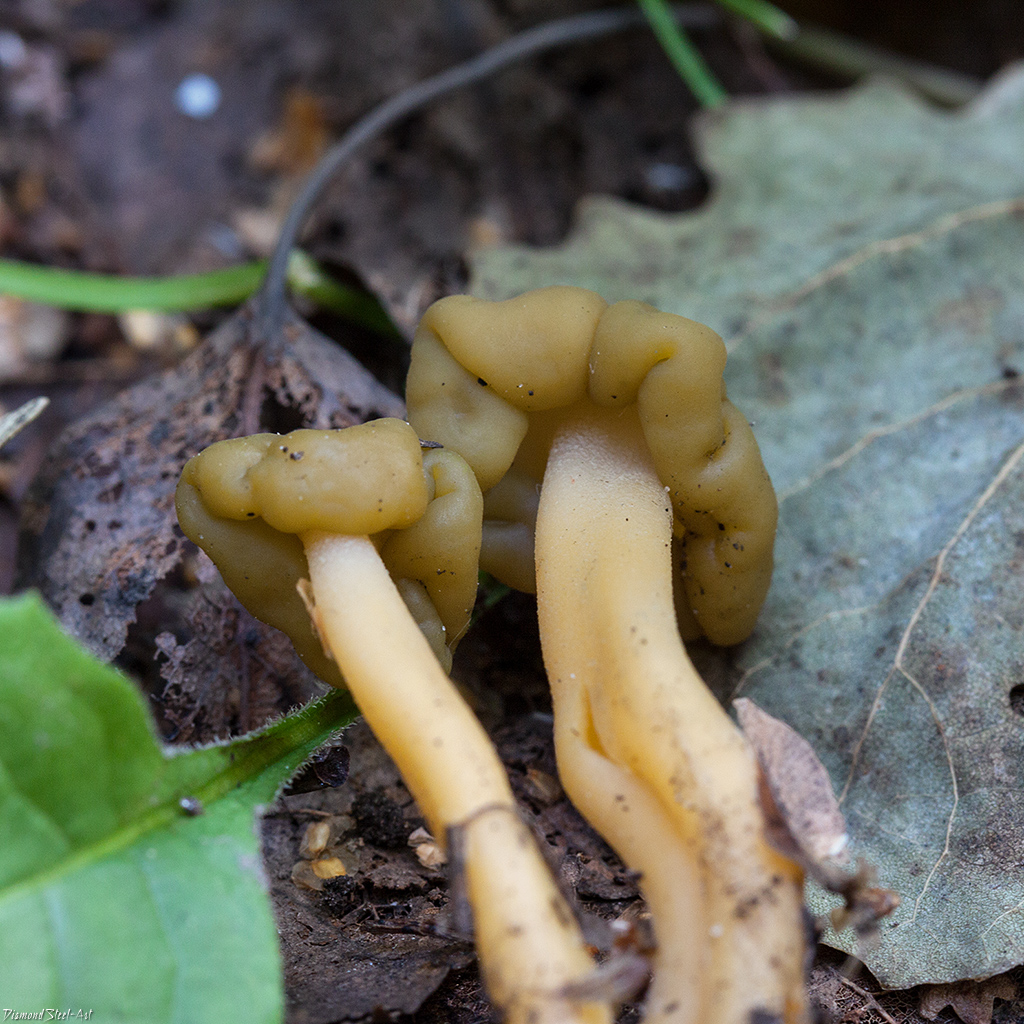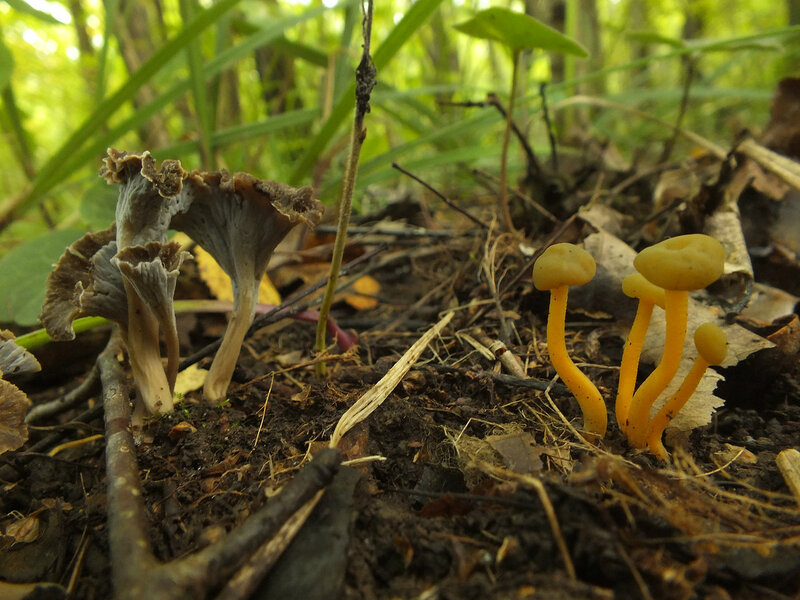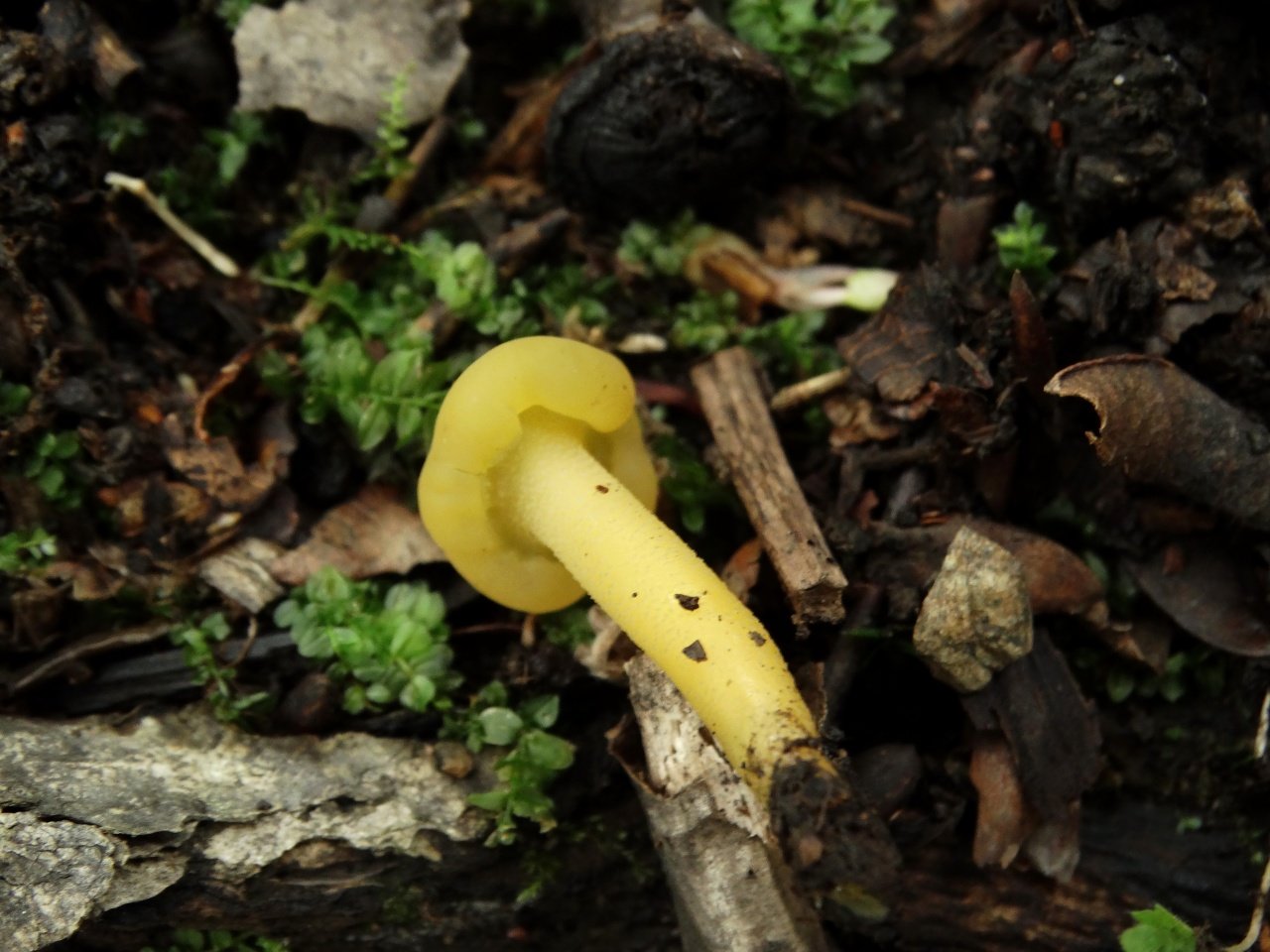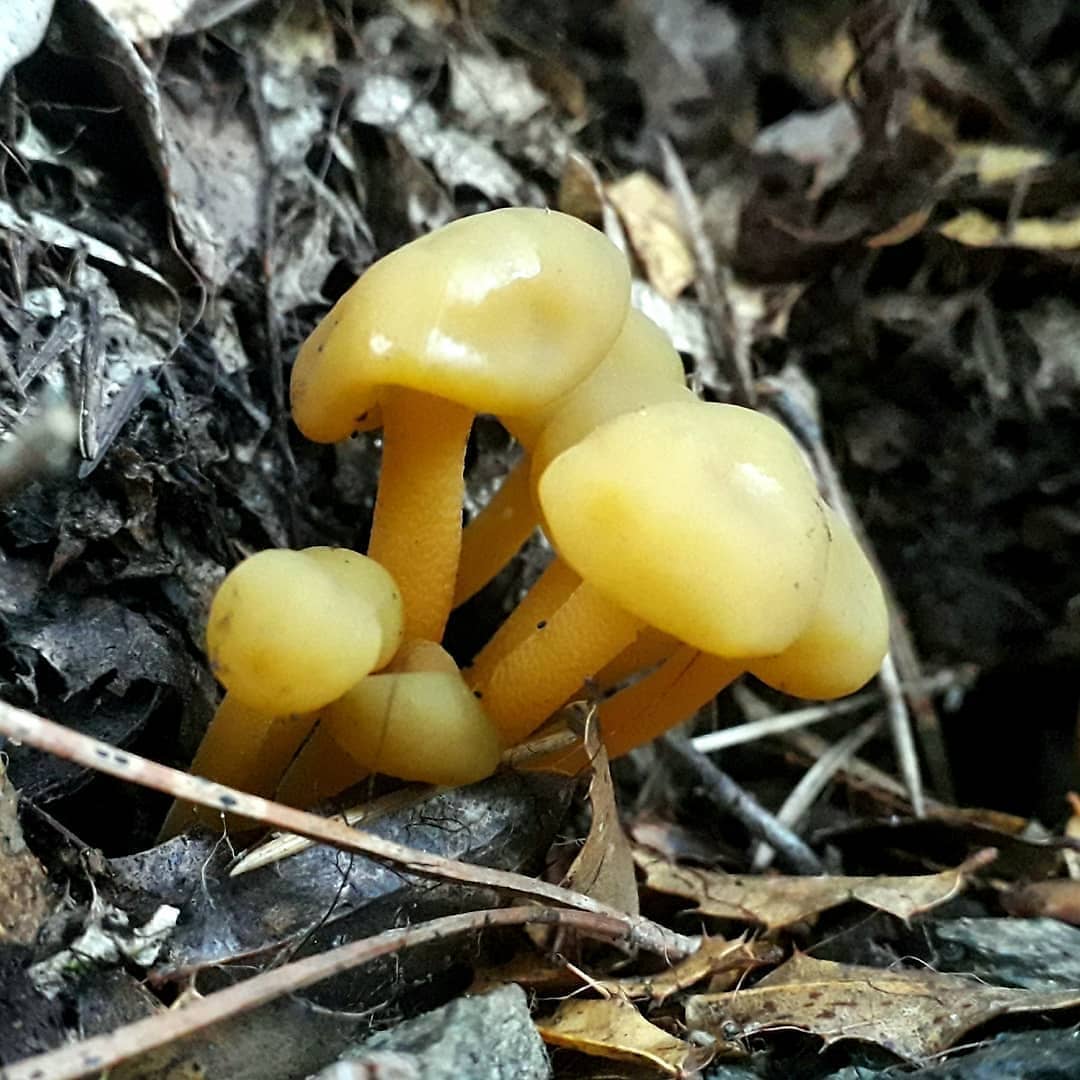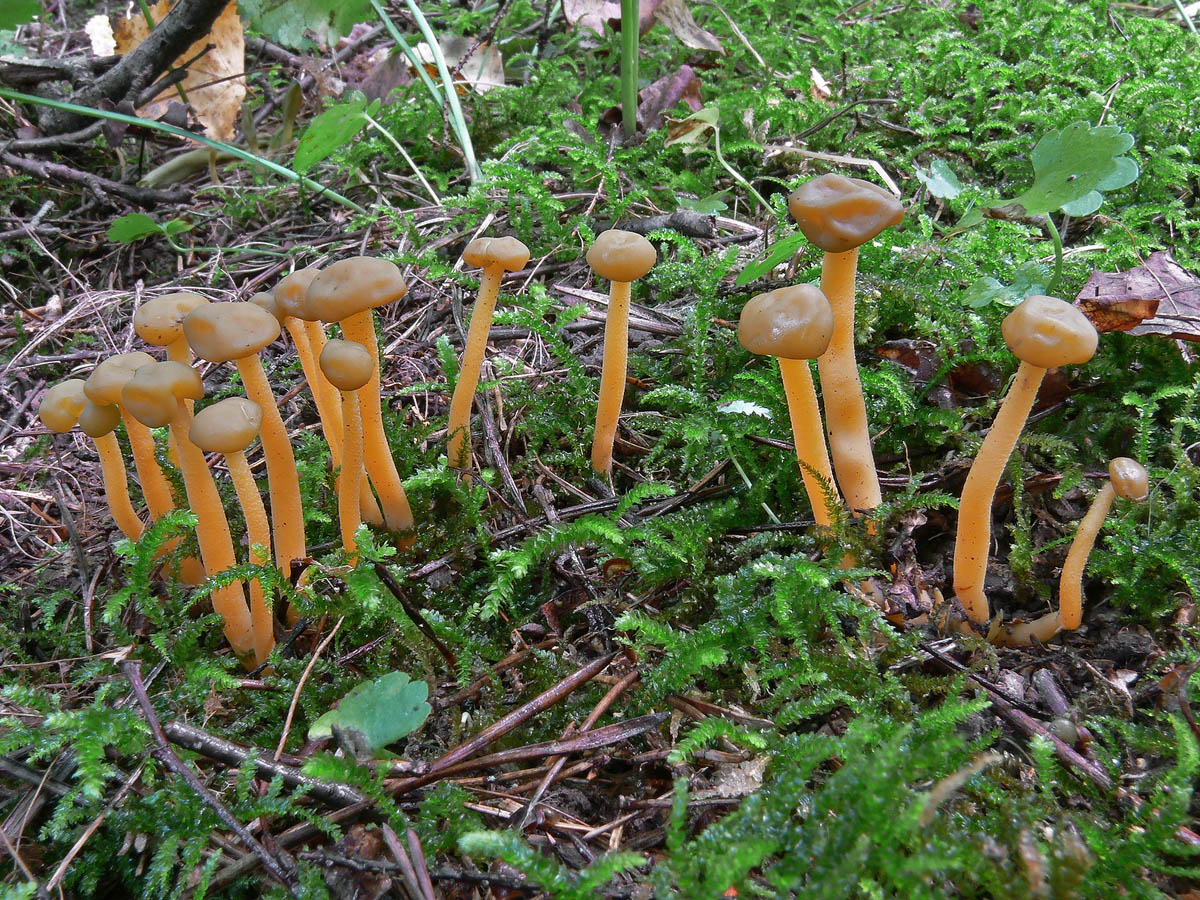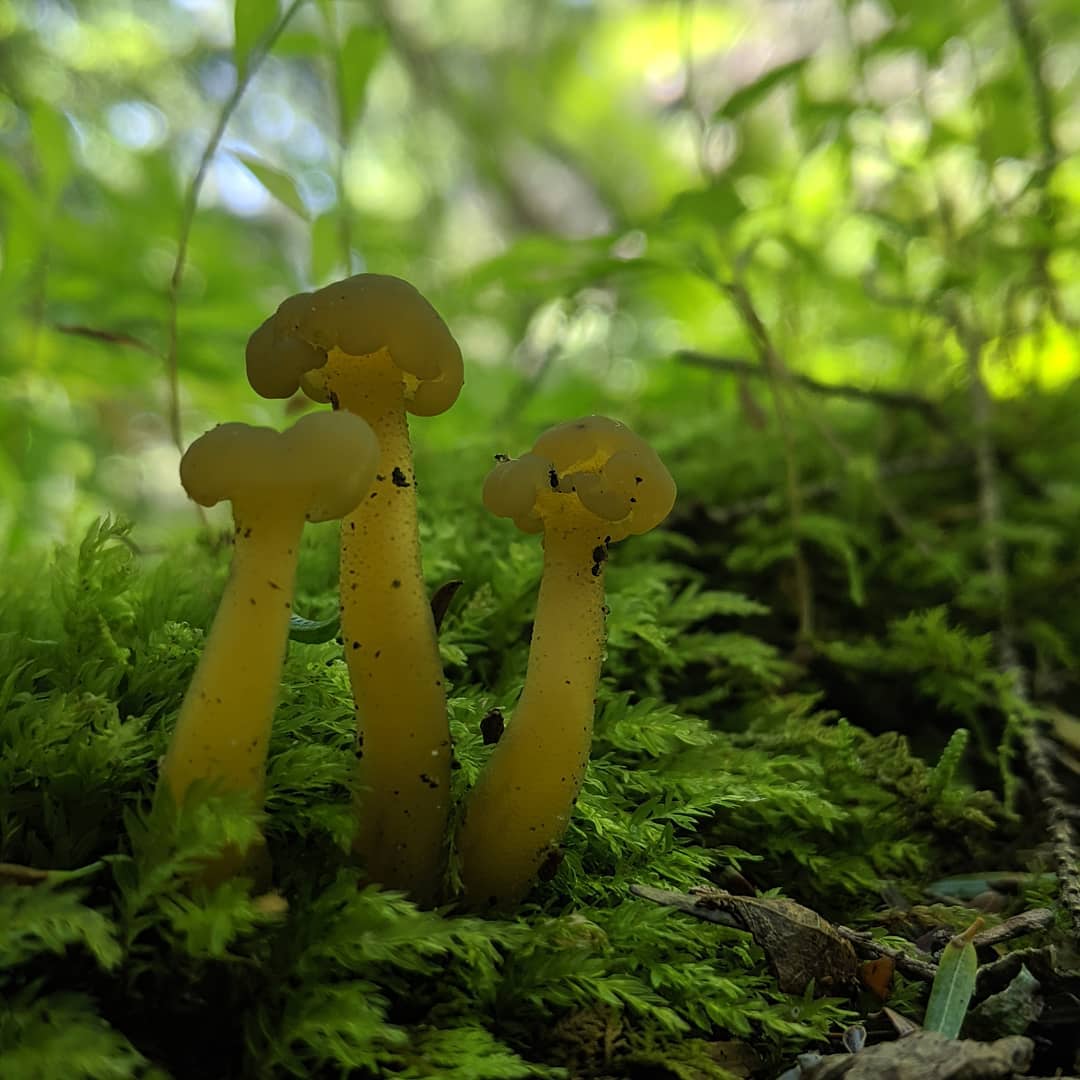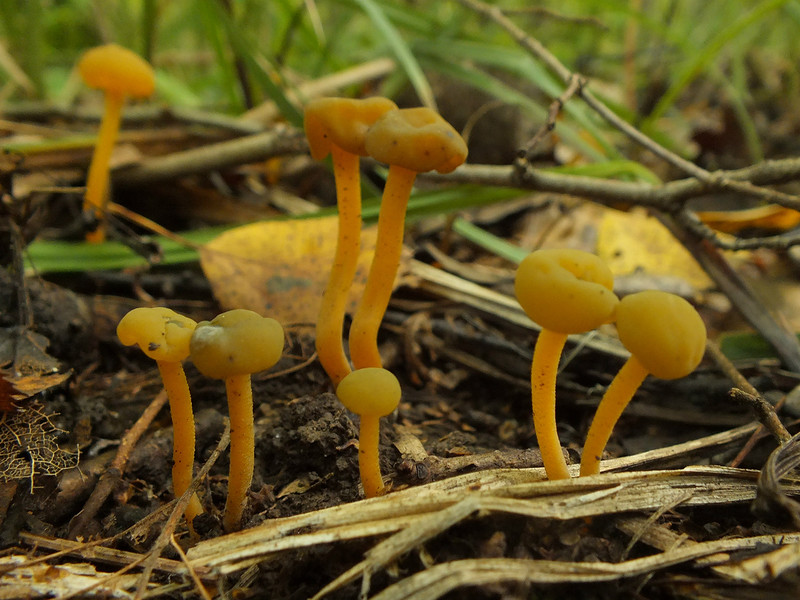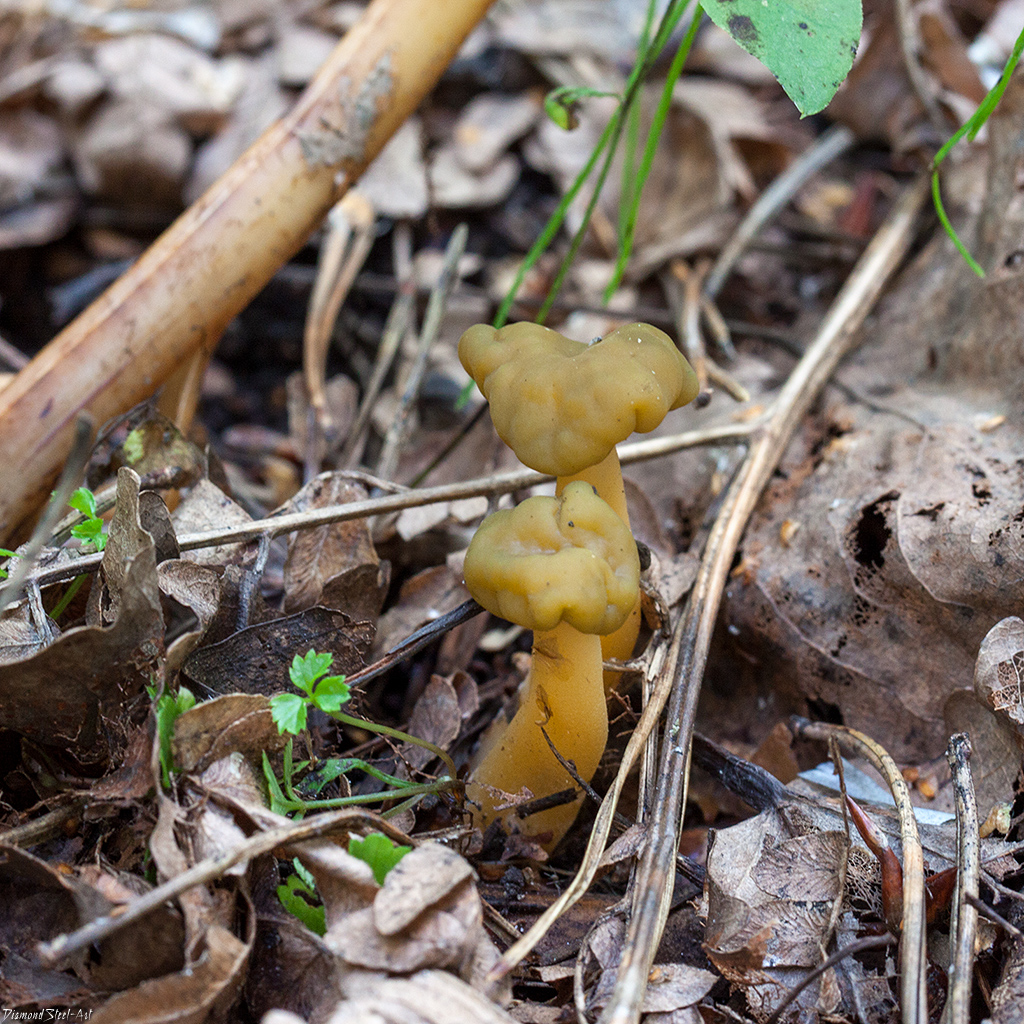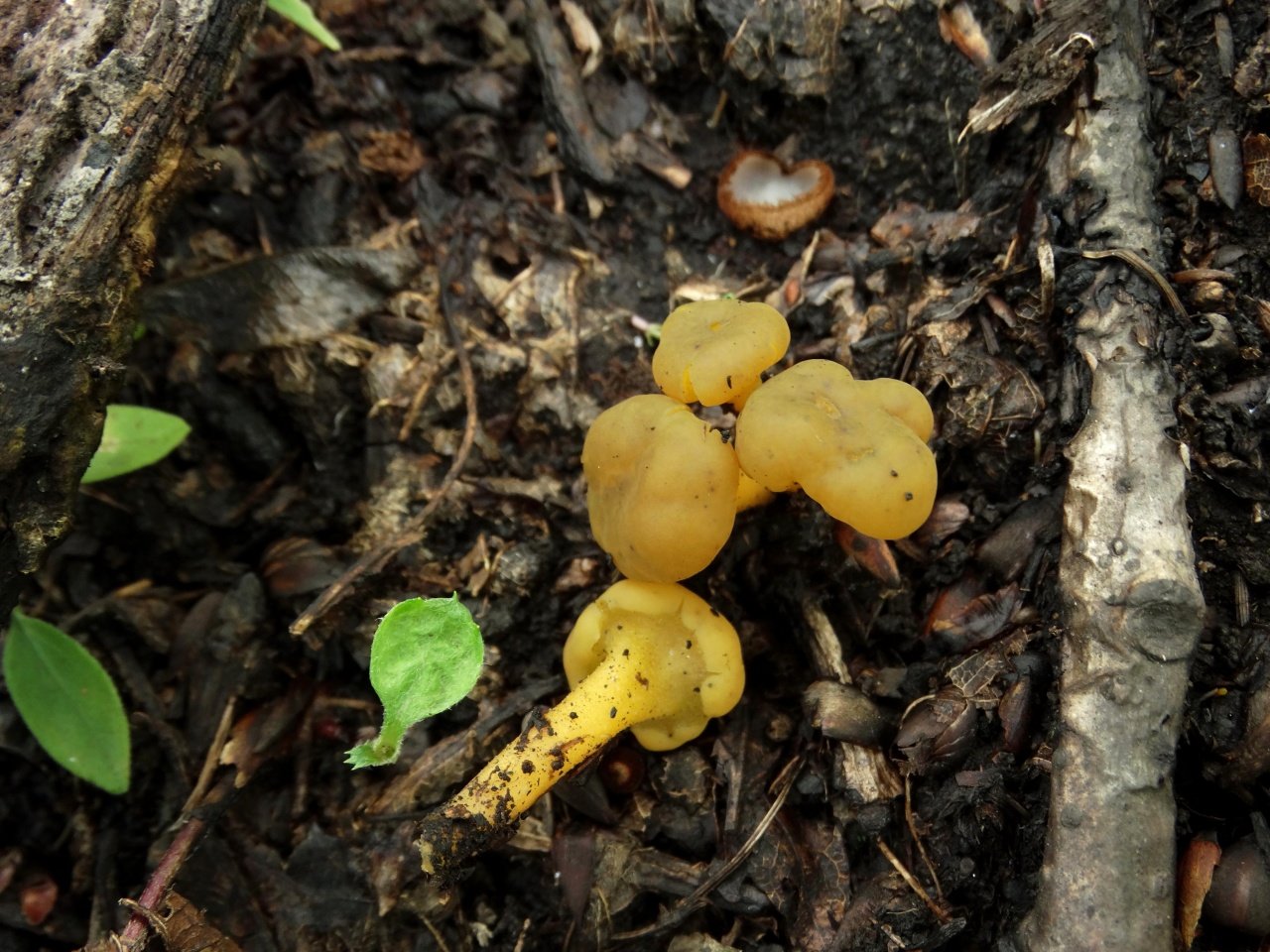Red Book
Are you here:
Home - The Red Book of the Moscow Region. Plants - Mushrooms, mosses, lichens, algae of the Moscow region - Leocia gelatinous, or slippery
Leotia is gelatinous, or slippery
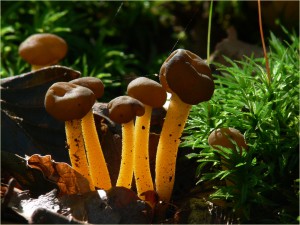
Leotia is gelatinous, or slippery Leotia lubrica (Scop.) Pers. Family Leocyiae - Leotiaceae
Status. 3rd category. Rare species, low abundance, narrow ecological confinement.
Spreading.
Distributed in the northern temperate zone. According to some reports, cosmopolitan, does not form a continuous area (1). On the territory of Russia, it is found in the European part (Moscow and Leningrad regions), Primorsky Krai and on the Kuril Islands (2, 3). In the adjacent territories, it was found only once in the Tula region, in the protected area of the Yasnaya Polyana Museum-Reserve (4). In the Moscow region, it was recorded in the west in the Odintsovo district in the forests on the territory of the Zvenigorod biological station of the Moscow State University, mainly in wet wetlands, on soil or heavily destroyed wood (5). In the Moscow Region, the species has been known from publications since 1989 (5).
The number and tendencies of its change
It is rare, but, as a rule, in large groups of fruiting bodies (5, 6). Recorded on the territory of the Zvenigorod biological station of Moscow State University in 2003, 2004. The last observation here is dated 2005, the fungus was found at several points, in small groups (6). Population trends are not completely clear.
Features of biology and ecology
Fruiting bodies (askoma - apothecia) up to 9 cm tall, cap-shaped, erect, gelatinous-sticky. The cap is 0.5-2 cm in diameter, spherical, flattened, depressed from above in the center, folded or almost lobed along the edge. The pulp is dense, with an unpleasant taste, odorless. The leg is 2-8 cm long and 2-3 cm in diameter, in the mature fruiting body it is hollow, scaly in the lower third.
The bags are cylindrical-clavate, each containing 8 spores. Spores are colorless or light greenish, with 2-5 drops of oil. Fruiting bodies (askoma - apothecia) are formed from July to October. No edible properties are known (3). Saprotroph. The biology of the species requires additional study. It inhabits moist loamy soil, especially in wetlands, and on destroyed wood in various types of forests.
Recommendations for the conservation of the species in natural conditions
Compliance with the protection regime of the reserve in which the habitats of the species are located. Control over the state of populations in stationary areas in the reserve. Search for new locations of the species and the organization of their protection through the creation of protected areas.
Recommendations for the conservation of the species in the conditions of culture
It is advisable to isolate a species in a pure culture, maintain several strains in collections and develop methods for obtaining fruit bodies under artificial conditions (7).
Sources of information
1. Lesso, 2003; 2. Morochkovsky et al., 1969; 3. Naumov, 1964; 4. Svetasheva, 2002b; 5. Gorlenko, Sidorova, Sidorova, 1989; 6. V.P. Prokhorov, pers. commun., 2007; 7. Stamets, 1993. Compiled by L.V. Garibova.
Photo: "Grüngelbe Gallertkäppchen" by Lebrac - Own work. License CC BY-SA 3.0 from Wikimedia Commons - https://commons.wikimedia.org/wiki/ File: Gr% C3% BCngelbe_Gallertk% C3% A4ppchen.jpg # / media / File: Gr% C3% BCngelbe_Gallertk% C3% A4ppchen.jpg
|
25.01.2016 10:14:20
Back forward
-
Menu
- home
- Photo gallery
-
Animals
- Mammals
- Birds
- Fishes
- Amphibians
- Reptiles
- Insects
- Crustaceans
- Worms
- Molluscs
-
Plants
- Angiosperms
- Gymnosperms
- Ferns
- Mosses
- Seaweed
- Lichens
- Mushrooms
- Moscow
-
Moscow region
- Mammals
- Birds
- Invertebrates
- Pisces, presm., Terrestrial.
- Plants
- Mushrooms, mosses, lichens
-
Voronezh region
- Plants
- Animals
-
Republic of Crimea
- Plants
- Animals
-
Rostov region
- Plants
- Animals
-
Krasnodar Territory
- Plants
- Animals
-
Leningrad region
- Plants
- Animals
-
Pskov region
- Plants
- Animals
-
Sverdlovsk region
- Plants
- Animals
-
Saratov region
- Mushrooms
- Bryophytes
- Ferns
- Amur region
- Krasnoyarsk Territory
- Belgorod region
-
Chelyabinsk region
- Plants
- Animals
-
IUCN Red List
- Extinct mammals
- Rare birds of the world
- Cetaceans
- Carnivores
- Reserves of Russia
- Wild animals
- Birds of Russia
- Download the Red Book
- Basic documents
- Custom sog.
- .
Evaluation of the edibility of Leucia gelata
Many authors classify these mushrooms as inedible because they have an unpleasant taste. But others say they are edible, just too small and not very tasty.
Doubles of leotia gelatinous
It has a similar appearance to the gelatinous leotia - the sticky leotia, in which the cap is dark green. Also, the black-green Leotia is characterized, like its counterpart, by a gelatinous cap, but the color of the cap is black-green. And the rest of the genus is very different in the color of the cap.
Leotia gelatinous has a relative similarity with another gelatinous fungus - swirling kudonia, which grows in coniferous forests and often forms witch's rings. Her hat is not gelatinous, and the flesh is rather dry.

Characteristic features of Leotia and gelatinous
The fruit body is erect, its height is 3-9 centimeters. The false hat has a diameter of 0.5 to 2.5 centimeters, with a maximum of 4 centimeters. The false cap can be of various shapes: round, irregularly convex, with a tubercle or with a dent in the center. Its surface is wavy-folded, mucous in young fungi, and becomes dry with age. The edges are tucked neatly.
The color of the false cap is yellow, dirty yellow, yellow-green, orange, dark olive, yellow-brown or brown, often a greenish tint.
According to some reports, the caps take on a greenish or greenish-black tone when the fungi are infected with parasites. The lower part of the cap is smooth, lighter in color.

A hymenophore is located over the entire surface of the cap. Spore powder of white, light green or yellow-olive color. The pulp of the mushroom is jelly-like, almost cartilaginous. The color of the pulp is white, white-yellow or greenish. The pulp exudes a slight rotten or musty odor. It can taste bland or unpleasant.
The length of the leg is mainly 2-4 centimeters, rarely reaches 8 centimeters, and its diameter does not exceed 10 millimeters. The shape of the cap is longitudinally flattened or cylindrical. At the cap, the leg narrows. The leg is thin in structure. In young leotias, the legs are solid, but later they become hollow and filled with mucus that comes from the caps. The color of the leg coincides with the cap or is lighter: light yellow, dark yellow, golden yellow or orange, with age it darkens and becomes brown. In dry weather, the leg turns black.
The surface of the leg is sticky and slimy, later it becomes smooth or rough. The lower part of the leg is finely scaly. The scales are lighter than the general color of the leg.

Places of growth and time of fruiting of Leotia gelatinous
These are cosmopolitan mushrooms. Leocia gelatinous grows in pine, spruce and deciduous forests, as well as among shrubs. These fungi settle on loamy moist soil or settle on destroyed rotten wood. In addition, they can settle at the roots of trees. Found among swamps.
Gelatinous leotia bear fruit from August to November. They grow in groups, heap, sometimes the groups can be quite large. Fruiting occurs every year. Mature mushrooms can last for several weeks.
They grow in the temperate northern zone, namely in Western Europe and European Russia. In some parts of Eurasia, gelatinous lectures are widespread, while in others they are extremely rare. For example, they are in the Red Book of the Moscow Region.

Leotia gelatinous, Leotia lubrica

Hat: False (representing a pommel on a "leg"), more or less rounded, often winding-curly, smoothly bumpy, sunken in the central part, with an edge neatly tucked inward; as the fungus grows, the appearance of the "cap" remains almost unchanged, and it does not take on a prostrate shape. The diameter of the cap is 1 - 2.5 cm, the color is from dirty yellowish to deep orange.According to literature data, infection of Leotia gelatinous fungi-parasites can give the “hat” a bright green color; the green caps, however, may also belong to another type of fungus in the genus Leotia. The surface of the cap is slimy, the flesh is yellowish-greenish, gelatinous, densely gelatinous, has no special smell.
Hymenophore: Located on the entire surface of the cap.
Spore powder: White (?). The spores themselves are colorless.
Leg: Height 2-5 cm, thickness up to 0.5 cm, relatively straight, cylindrical, hollow, often as if longitudinally flattened; the color repeats the cap (or remains yellow, while the cap acquires an olive tint), the surface is covered with small light scales.
Distribution: Leotia lubrica is a mushroom, according to some sources, widespread, but according to others - quite rare; it can be assumed that it is found everywhere, but not often. You can find it during the second half of summer and September-month in forests of various types (literature data indicate deciduous forests, practice - to flooded pine and spruce forests), exclusively in damp places. Leotia gelatinous usually bears fruit in large groups.
Similar species: There are (not the fact that in our country) other representatives of the genus Leotia - as a rule, the color of the cap makes it possible to distinguish Leotia gelatinous for sure. Even with a great deal of convention, representatives of the genus Cudonia can be attributed to similar species, for example, but those are given out by a dryish pulp devoid of characteristic gelatinousness. In fact, it is not worth writing about similar species in relation to gelatinous kudonia - thanks to the characteristic appearance and manner of growing, the mushroom is recognized instantly.
Edible: Do not eat.
Author's Notes: What about the mushroom for which Michael Quo himself practiced wit? One thing can be said: the facts are not confirmed. I did not feel anything exciting, amazing, phenomenal in the gelatinous leotia. Rather, the mushroom resembles a negative character in an action called the "dance of the Tibetan lamas", when a costumed Chinese "lama" tries to repeat the ritual actions of real Tibetan priests, and everything, to the delight of the crowd, is unsuccessful: what is the point of copying external signs without understanding the basics? “That's the way our life is”: Leotia lubrica even grew some semblance of a hat, but what's the point if spores form anywhere, just not where the hat would protect them from rain and sun? In general, if this mushroom went its own way and did not try to imitate Basidiomycetes, no one, I believe, would lose.

